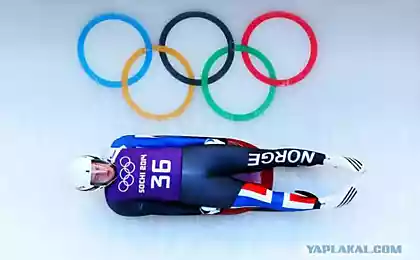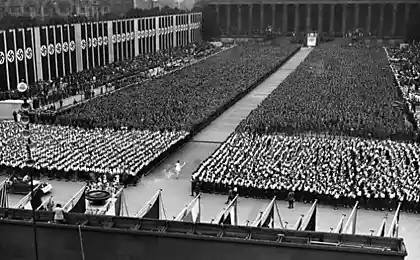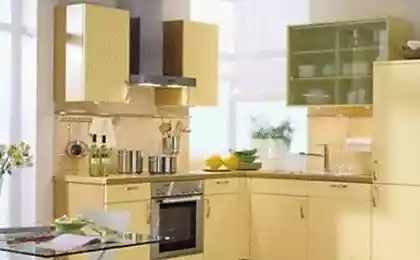1719
Kibatlon 2016: competition cyborgs
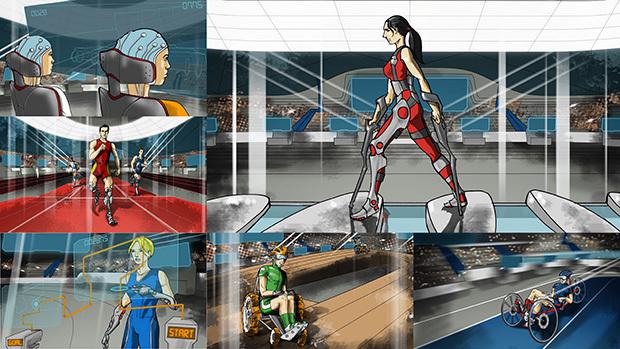
The Olympic Games are competitions among the most trained and most talented athletes on the planet. Paralympic Games - the same thing, but for the disabled athletes. To be able to compete, many Paralympians use assistive devices and prostheses, some of which has already turned into a complex electromechanical devices.
The impact of technology on the Olympics is already extremely high. In addition to discussions in 2012 about whether received Paralympic sprinter Oscar Pistorius (Oscar Pistorius) advantage due to its карбоновым prostheses , ongoing debate about reducing friction suit for swimmers and runners. Any sport that uses some equipment (shooting, archery, cycling, etc.), more and more inclined to the use of high technology, as the human potential will inevitably lose the art. Yes, and because it is easier to improve technique than human.
Paralympians most dependent on high-tech sport. Prostheses have evolved into active system capable of recognizing human intentions (through neurointerfaces) and independently use servos for more efficient replacement of these limbs. But it goes beyond biology, so it makes sense to create an entirely new type of competition.
Kibatlon - a competition paratletov using high-tech assistive devices, including robotics. These competitions are divided into disciplines depending on the technical improvements: artificial legs, arms, exoskeletons, chairs, elektrostimuliruemoy muscle neyrointerfeys. Assistive devices can be both standard and experimental. In each discipline will be awarded two medals: the athlete and manufacturers to use an auxiliary device (analog Constructors' Championship in Formula 1).
Subjects
Competition athletes with active prostheses both hands. Purpose: as soon as possible to perform a task.

Race with the use neyrointerfeys. Objective: To win in a computer racing simulator.

Bike race with the use of electrical stimulation of muscles. In the race, the athletes involved paralyzed, unable to control his limbs. This function lies with the electrical system of muscles.

Race athletes with active prostheses both legs.
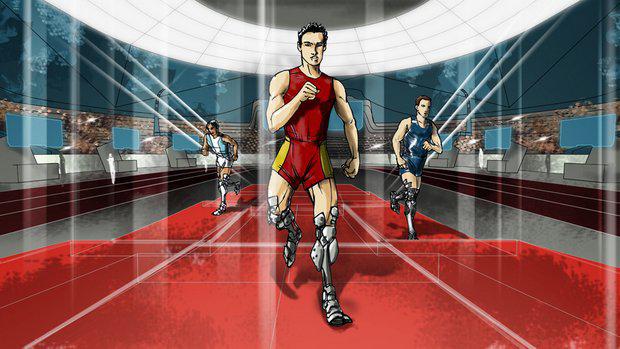
Race athletes in the exoskeleton. The sportsmen, paralysis from the waist or chest and below.

Race on wheelchairs.

Lots more information can be found at http://www.cybathlon.ethz.ch/ .
At some point, and perhaps soon, Paralympians using robotic devices able to compete on equal first, and then surpass completely healthy athletes. Take, for example, a job with a wire loop. The rules at the moment nothing is said about the sensors. It is understood that the prosthesis can be adjusted so that the athlete will not be able to cope with the task. If you develop this idea, the successful combination of sensors and actuators allow just take the wire with one hand and place the other stages of the competition, while the prosthesis is to independently perform all the necessary actions.
There is another question: how many in the athlete must be present and how much artificial? And if there will be more artificial, what is considered sports?
Source: habrahabr.ru/post/217903/

